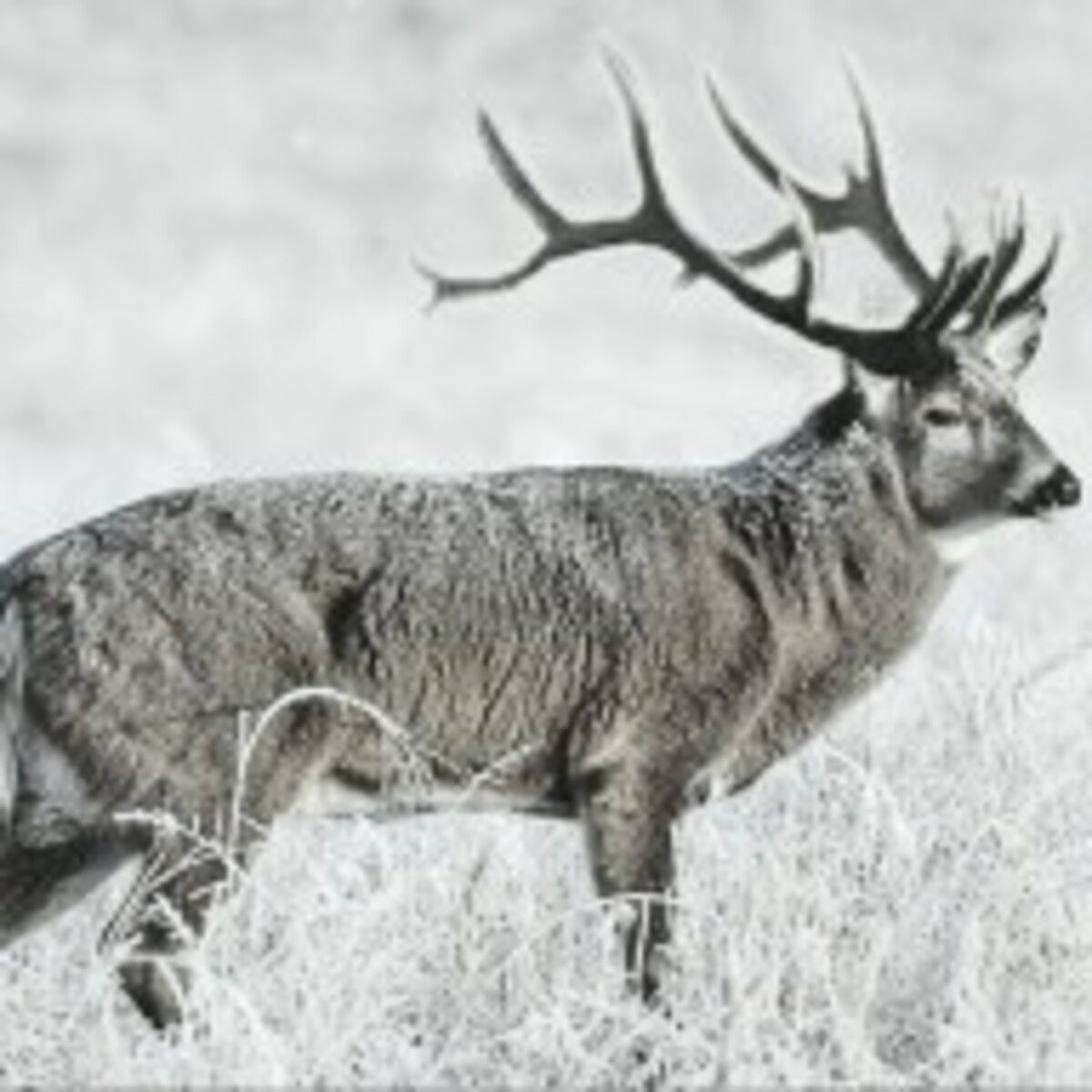
📸 Idaho Transportation Department
With over one million vehicles passing through the mountainous area from Mileposts 17.2 to 19.6 of Idaho’s State Highway 21, collisions with large animals plagued both drivers and wildlife managers alike for a number of years. In fact, over the past 40 years, this particular stretch of highway had become somewhat of a hotspot for vehicle collisions with wildlife and was responsible for $40 million in damages as well as injuries and deaths in 2022 alone.
Following the data, Idaho’s Fish and Game department began getting vocal about the rate of collisions and the effects they were having on commuters as well as our valuable wildlife resources. It took some time, but people eventually started listening.
Working in tandem with the Idaho Transportation Department (ITD), the two agencies began tracking wildlife-vehicle collision metrics using dead carcasses. What they found was that the number of vehicles colliding with wildlife was at a rate of 50 per year, with that number rising to over 100 crashes during severe winters when mule deer and elk were forced to winter in less harsh lower elevations.

📸 Idaho Transportation Department
Their findings put into motion what would soon become a $7.5 million project that would be funded through the Federal Highways Administration’s Federal Lands Access Program. And while the project looked good on paper, logistically it required the circumnavigation of layers of red tape and eventually included a number of stakeholders including Idaho Fish and Game, the U.S. Forest Service, U.S. Army Corps of Engineers, the U.S. Fish and Wildlife Service, the Bureau of Land Management, the U.S. Department of Agriculture’s Natural Resource Conservation Service, the City of Boise and the counties of Ada and Boise.
“This project would not have happened or had success without their contributions and willingness to partner,” said Scott Rudel, ITD project manager for its first wildlife overpass.
With the project coming to completion last year, this month marked the one-year anniversary of the aptly named Cervidae Peak Wildlife Overpass. And what the two agencies found was astonishing to say the least - not one single wildlife-vehicle collision has since been reported. With a goal of lowering the overall crash rate by 80%, it’s safe to say that the combination of strategic fencing and the new overpass has all but shattered that expectation.

📸 Idaho Transportation Department
“Video and photographic use of the wildlife overpass by mule deer and elk tell the story of the reduction of WVCs [wildlife-vehicle collisions], enhanced mobility for both motorists and wildlife, while still maintaining that critical habitat and landscape connectivity that Idaho’s wildlife populations need to survive winters in the Northern Rockies,” Rudel explained.
According to the department, the next phase will involve installing additional fencing to better help guide large wildlife species across the overpass. As they work out the next stage of funding required for such an endeavor, this project along with many other recently-installed overpasses remain as a testament to the collaborative nature of multiple agencies with the shared goal of protecting both humans and wildlife.

